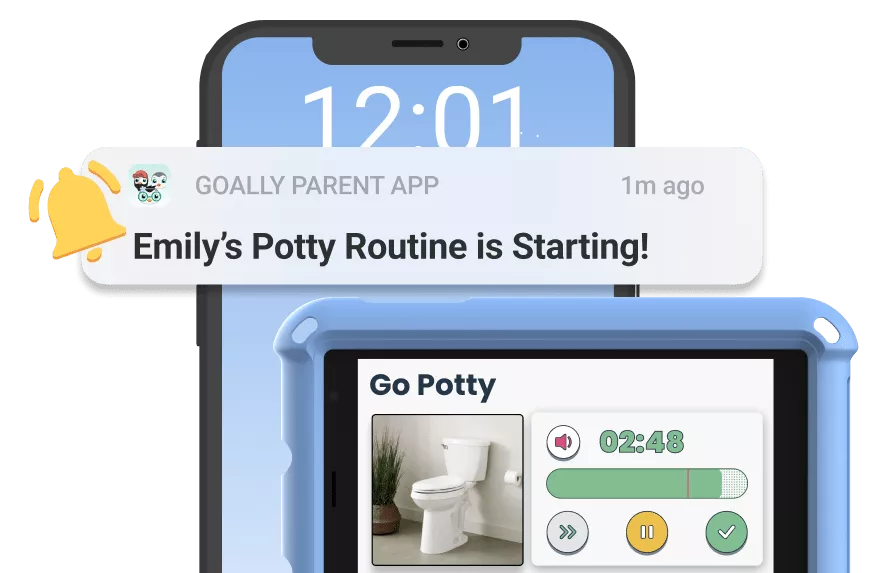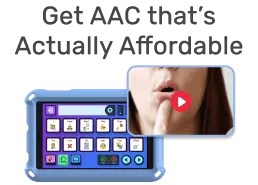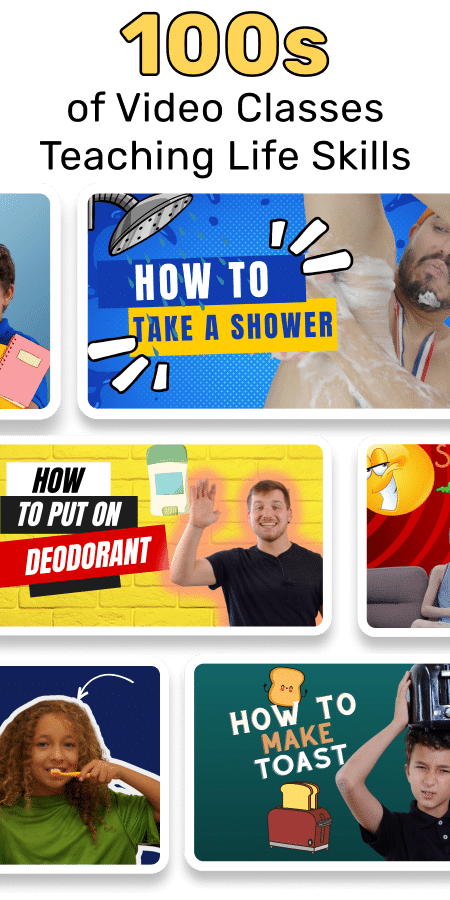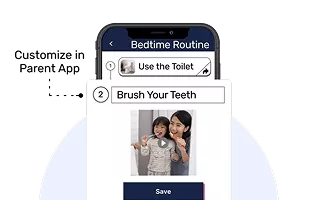One of the most rewarding yet challenging tasks I’ve encountered in working with kids is teaching them how to listen. Listening is not just about hearing words; it’s about understanding, processing, and responding appropriately. In this guide, I’ll walk you through practical steps to teach your child how to listen effectively, a skill that’s crucial not only for their academic success but also for their social and emotional development. From creating a distraction-free environment to modeling good listening habits yourself, these steps will help you foster better communication with your child.
Table of Contents
Step 1: Create a Distraction-Free Environment
The first step in teaching kids how to listen is to ensure they are in an environment that minimizes distractions. This means turning off the TV, putting away toys, and finding a quiet space where they can focus solely on the conversation.
- Choose the Right Time: Pick a time when your child is not tired or hungry, as these factors can make it harder for them to pay attention.
- Establish a Routine: Have regular times during the day when you practice listening skills, like during meals or before bedtime, to build consistency.
Step 2: Use Clear and Simple Language
When communicating with your child, it’s essential to use language that they can easily understand. This will help them grasp what you’re saying and respond appropriately.
- Be Direct and Specific: Instead of saying, “Be careful,” try, “Please walk slowly so you don’t trip.” This gives them a clear action to follow.
- Break Down Instructions: Give one instruction at a time, especially for younger kids, to avoid overwhelming them with too much information at once.
Step 3: Practice Active Listening Together
Active listening is a skill that involves not just hearing but engaging with the speaker. Teach your child to show that they are listening through eye contact, nodding, and responding.
- Model Good Listening: When your child speaks, show them what active listening looks like by maintaining eye contact, nodding, and summarizing what they said.
- Use Listening Games: Incorporate fun activities like “Simon Says” or “Telephone” to make learning active listening enjoyable and interactive.
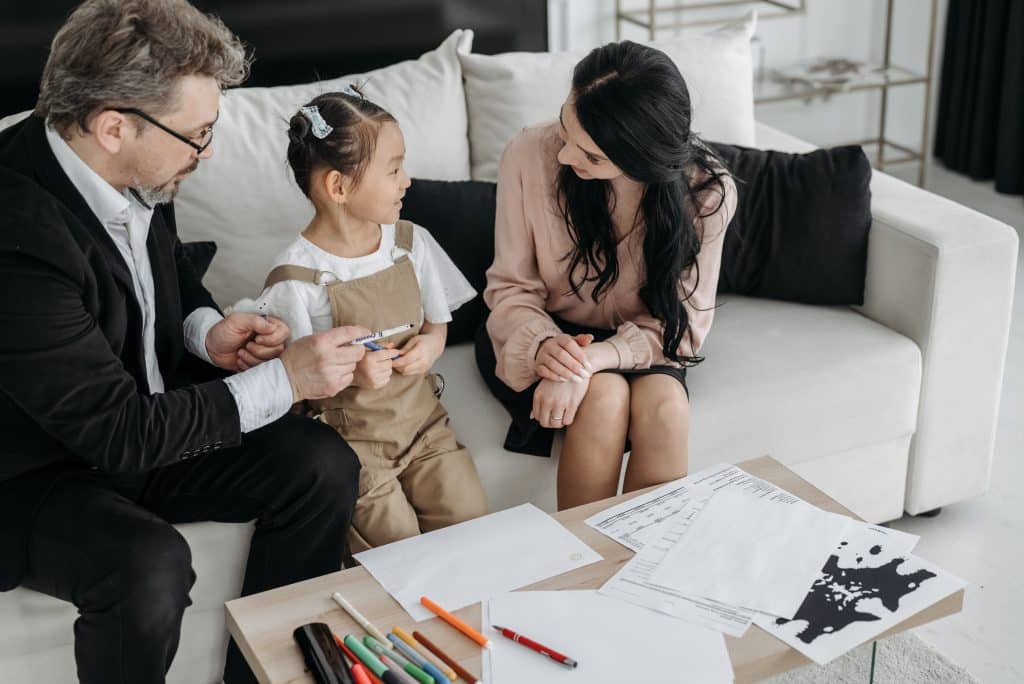
Read more: ADHD and Communication in Kids
Step 4: Reinforce Listening with Positive Feedback
Positive reinforcement can help encourage your child to practice good listening skills. When they listen well, acknowledge their effort to reinforce the behavior.
- Give Specific Praise: Instead of just saying, “Good job,” try, “I really liked how you listened carefully and followed the directions.” This helps them understand what they did right.
- Create a Reward System: Set up a simple reward system where they earn stickers or small rewards for good listening, which can motivate them to continue improving.
Step 5: Set Clear Expectations and Consequences
It’s important to set clear expectations for listening and explain the consequences of not paying attention. This helps your child understand the importance of listening in different situations.
- Be Consistent: Make sure the rules about listening are consistent, whether they are at home, school, or elsewhere.
- Explain Consequences Calmly: If your child doesn’t listen, calmly explain the consequence and follow through. For example, if they miss out on instructions, they might not be able to participate in a fun activity.
Step 6: Teach Emotional Regulation
Sometimes, kids struggle to listen because they are overwhelmed by emotions. Teaching them how to manage their feelings can improve their ability to listen.
- Use Emotional Vocabulary: Help your child identify and express their emotions with words like “angry,” “sad,” or “excited,” so they can communicate how they feel instead of acting out.
- Practice Deep Breathing: Teach them simple breathing exercises to calm down before trying to listen, which can help them focus better.
Step 7: Be Patient and Persistent
Teaching listening skills takes time and patience. It’s important to remain calm and consistent in your approach, even when progress seems slow.
- Stay Calm During Challenges: If your child struggles with listening, avoid getting frustrated. Instead, calmly remind them of what you expect and why it’s important.
- Celebrate Small Wins: Recognize and celebrate small improvements in their listening skills to keep them motivated and encouraged.
Common Mistakes to Avoid
While teaching listening skills, it’s easy to fall into some common traps. Here’s what to avoid:
- Yelling or Nagging: Raising your voice or constantly repeating yourself can make your child tune out. Instead, speak calmly and clearly.
- Expecting Immediate Results: Learning to listen well is a process, so avoid expecting perfection right away. Be patient and give your child time to develop this skill.
Goally | 100+ Streaming Video Classes
Does your child need some extra guidance on building essential life skills? Goally’s skill building tablet for kids includes a TV app that has the most robust video library of skills training videos for kids. Ranging from content like “How to Brush Your Teeth” to “How to Make Friends at School,” we have dozens of interactive video lessons for kids with thinking and learning differences.
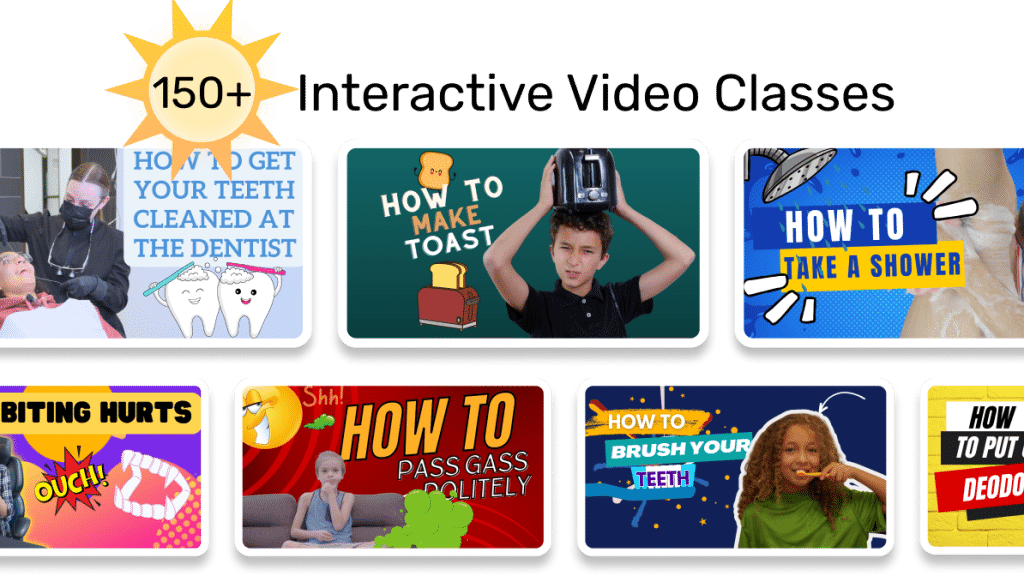
HERE’s a video explaining how to works.
Teaching kids how to listen is one of the most important skills they can learn, impacting their ability to succeed in school, build relationships, and navigate life effectively. By creating a supportive environment, using clear language, and practicing active listening, you can help your child develop this crucial skill. Remember, it’s a journey that requires patience, persistence, and positive reinforcement, but the results are well worth the effort.
Helpful Resources
Here are some resources where you can learn more about teaching kids how to listen:
FAQ’s About How to Listen
What is Goally's approach to teaching kids 'how to listen'?
Goally utilizes task analysis in video classes, breaking down 'how to listen' into easy, step-by-step techniques for kids.
How can Goally improve my child’s listening skills?
Goally’s engaging video lessons, based on skill breakdowns, can help enhance your child’s attention span and improve their ability to follow instructions - key factors in effective listening.
Is Goally effective for teaching 'how to listen' to kids?
Absolutely! Goally’s systematic approach, combined with engaging content, makes it an effective tool for teaching kids the valuable skill of listening.
What age group is Goally suitable for when teaching 'how to listen'?
Goally offers learning material ideal for kids aged 2-12, facilitating engaging and interactive lessons to learners at various levels.
How does Goally make learning interactive?
Through Goally's interactive video classes, kids learn 'how to listen' by watching skill demonstrations and practicing the actions themselves, making the process interactive and fun.
This post was originally published on 02/01/2024. It was updated on 08/14/2024.
Emily is a seasoned blog writer for Goally, leveraging her extensive background in child psychology and special education to provide valuable insights and resources for parents. Her commitment to understanding and addressing the unique needs of these children, combined with her expertise in educational strategies, makes her a credible and empathetic voice for families.

